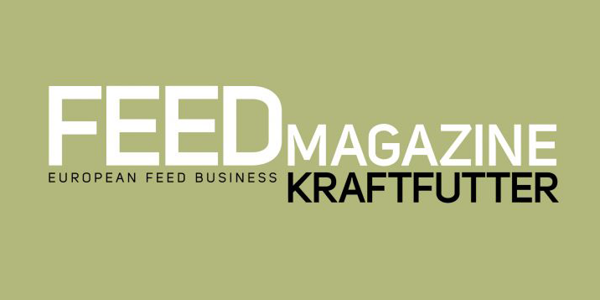
Functional components in fish feed
In aquaculture, efficient energy supply is a key factor for optimal growth, feed conversion and animal health. Fats are regarded as highly concentrated energy sources with potential additional functional benefits. Modern technologies enable the production of differentiated specialty products, including pure fat powder, medium-chain fatty acids (MCFA) and combinations with phytogenic substances.
Innovative feeding concepts, functional additives and plant-based components offer promising approaches for increasing fish performance while improving animal welfare and the environmental compatibility and sustainability of production. Aquaculture is the fastest growing sector of animal production worldwide. The production of fish in aquaculture has overtaken traditional fishing as a source of food supply worldwide. This development is driven by the increasing global demand for fish products, technological innovations in aquaculture and the growing awareness of the need to protect wild fish stocks. The aquaculture sector is placing ever-increasing demands on nutrient efficiency and animal health while at the same time reducing environmentally harmful influences. The production of modern fish feed places high demands on technology and formulation. In particular, the increasing energy requirements necessitate the use of large quantities of oils and fats. As a concentrated source of energy, fats play a key role in ration design. In addition to their caloric function, the health-supporting and immunomodulating effects of specific fat components are increasingly being utilized.
This requires innovative formulation strategies that meet both technological and nutritional requirements. However, this is precisely where technical problems often occur in aquaculture: liquid fats and oils tend to leak out of the extruded pellet. This so-called “leaking out” not only impairs the nutrient density and feed efficiency, but also affects the water quality. BEWI-SPRAY® 99 Aqua is a solution that specifically controls the crystallization of the fat components and thus enables a stable, loss-free product.